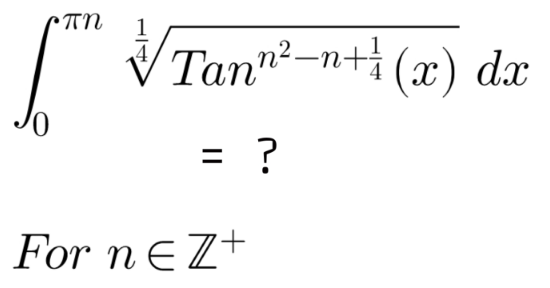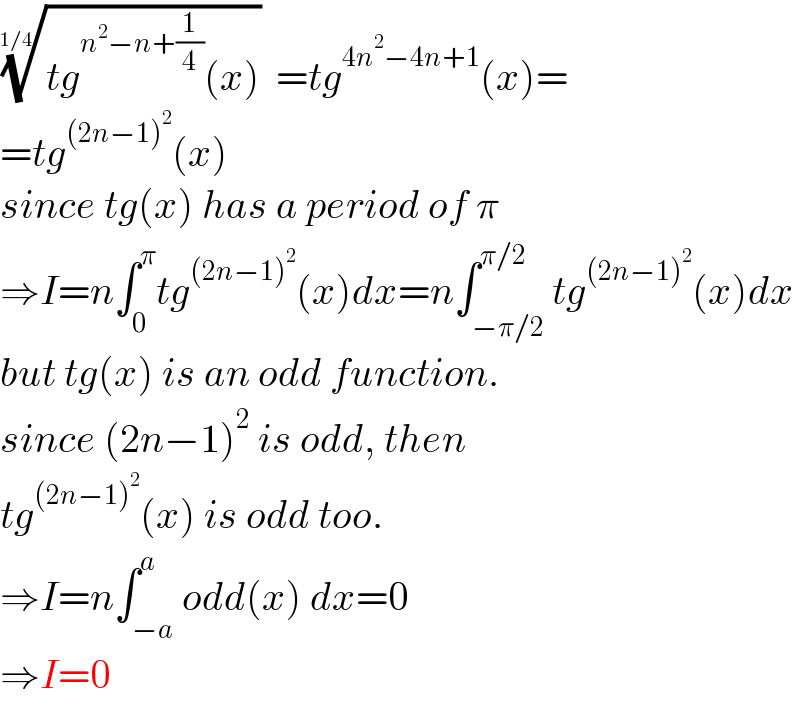
Question and Answers Forum
Question Number 171179 by Mastermind last updated on 09/Jun/22

Answered by aleks041103 last updated on 09/Jun/22

Commented by Mastermind last updated on 09/Jun/22

Commented by Mastermind last updated on 09/Jun/22

Commented by aleks041103 last updated on 09/Jun/22

